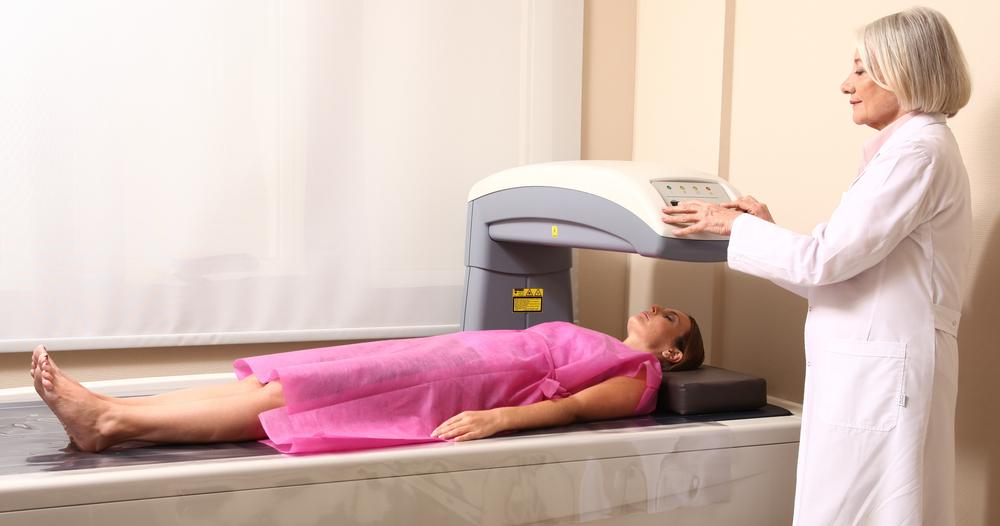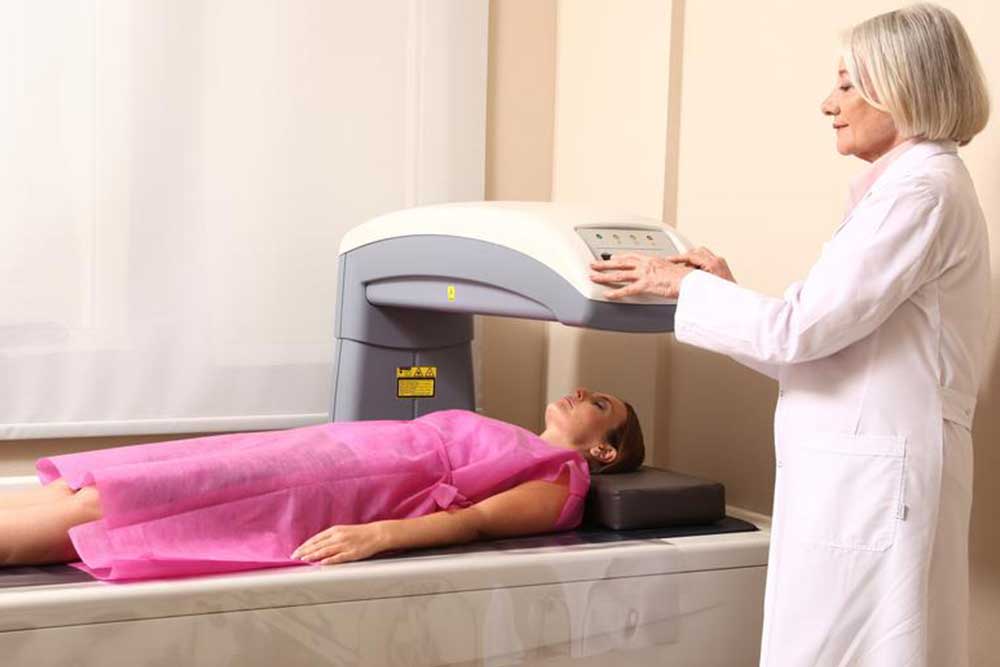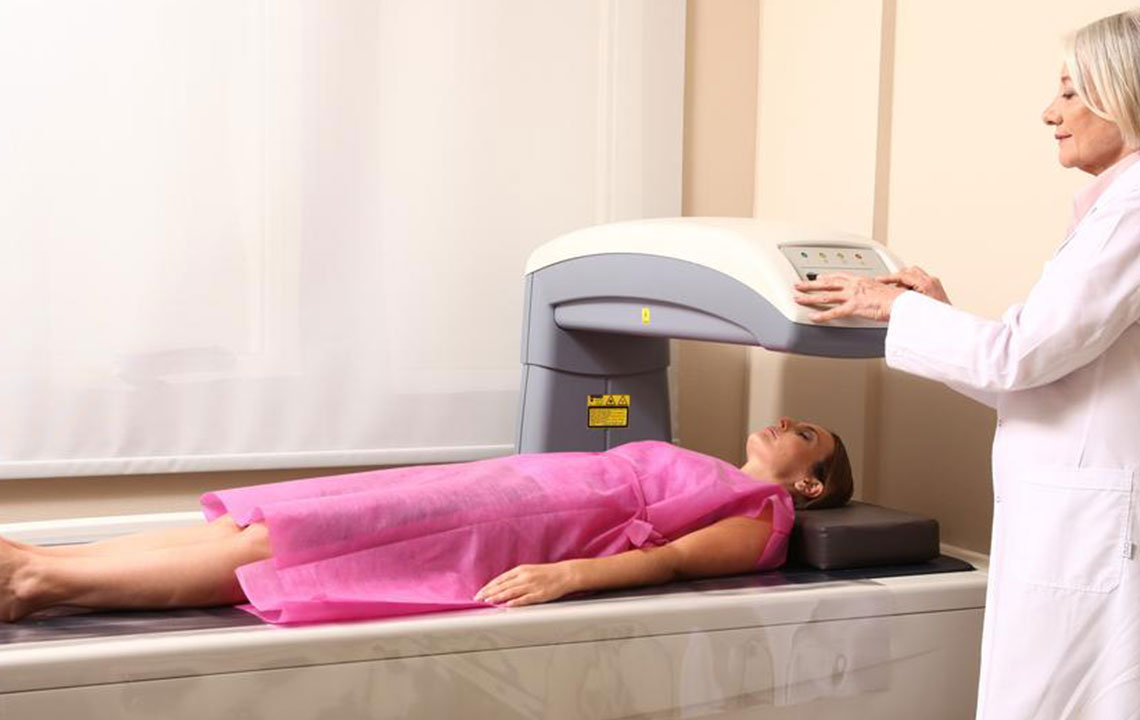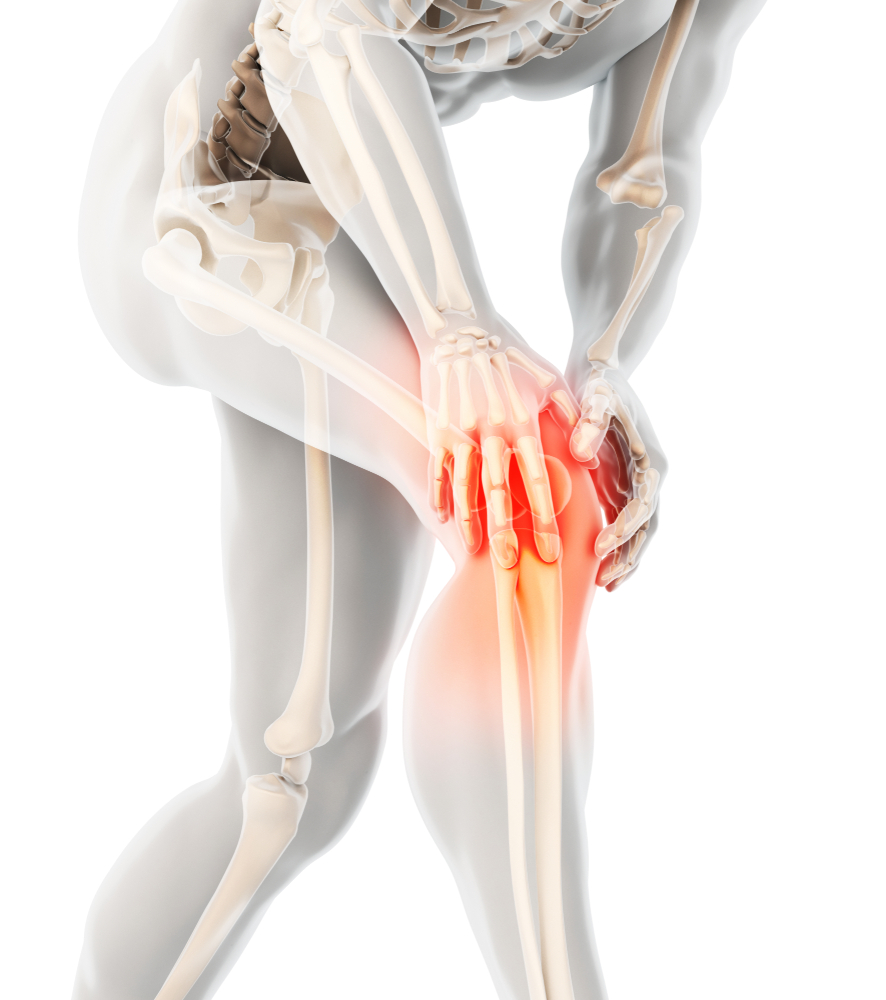Comprehensive Guide to Bone Density Tests: 8 Frequently Asked Questions
This comprehensive guide explains everything about bone density assessments, including how they are performed, their significance, who should get tested, and tips for maintaining healthy bones. Adequate understanding of these tests can help in early detection and prevention of osteoporosis and related fractures, promoting lifelong bone health. The article covers medical procedures, risk factors, and lifestyle strategies to strengthen bones, making it a valuable resource for anyone concerned about skeletal health and aging.
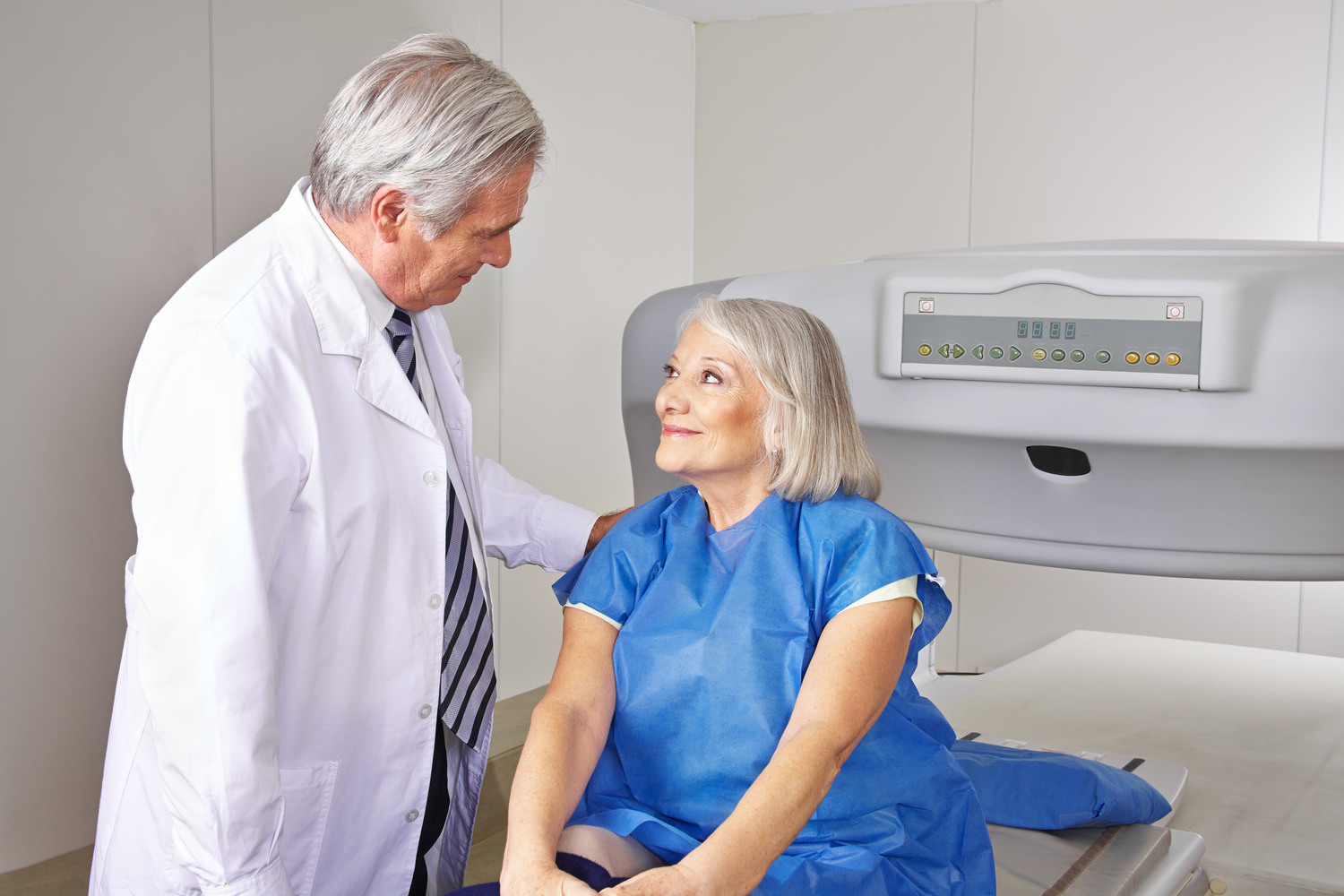
Understanding Bone Density Tests: Essential Information and FAQs
Bone health is a critical aspect of overall wellness, especially as we age. Among the various diagnostic tools available, bone density assessments stand out as vital for detecting early signs of bone weakening conditions such as osteoporosis. These assessments help identify individuals at risk of fractures and enable timely intervention strategies to strengthen bones and prevent injuries. Traditionally, osteoporosis was diagnosed only after fractures occurred, but modern medical practices now emphasize proactive screening methods. Bone density tests are a cornerstone of preventive bone health, providing crucial insights for health professionals and patients alike to manage and maintain healthy bones throughout life.
Below, we explore some of the most common questions surrounding bone density assessments, including how they are performed, their importance, and tips for maintaining optimal bone health:
What is a Bone Density Test and How Is It Conducted?
The most common method used for measuring bone density is called a Dual-Energy X-ray Absorptiometry (DEXA or DXA) scan.
This test utilizes low-dose X-ray technology to evaluate bone mineral density (BMD) at critical sites such as the hips, spine, and even peripheral areas like the wrists and feet.
All these scans are quick, usually taking about 10 to 30 minutes, and are completely non-invasive.
During the procedure, you'll lie comfortably on a table while the scanner passes over specific parts of your body.
The process is painless, with no need for anesthesia or injections.
What Valuable Information Does a Bone Density Test Provide?
It detects early signs of low bone mass conditions like osteopenia and osteoporosis, often before fractures occur.
The test helps evaluate fracture risk, guiding clinicians to recommend preventive or therapeutic measures.
It confirms the presence of osteoporosis, which is vital for diagnosis and treatment planning.
Monitoring disease progression or the effectiveness of treatments such as medications is another critical use of repeat scans.
In some cases, the test can reveal metastasis or cancer spread to bones, aiding in broader health assessments.
Are There Any Risks or Side Effects Associated with Bone Density Scans?
Generally, DEXA scans are considered very safe with minimal or no side effects.
Because it uses a small amount of ionizing radiation, the exposure is typically lower than a traditional X-ray.
Side effects are rare, but some individuals might experience mild discomfort, such as heartburn or a sensation of indigestion after the procedure.
In very rare cases, patients may report slight joint soreness or muscle discomfort post-scan, which usually resolves quickly.
Who Should Consider Undergoing Bone Density Testing?
Adults over age 65, given the increased risk of osteoporosis with aging.
Postmenopausal women, who are at a particularly high risk due to estrogen deficiency.
Men and women on long-term corticosteroid therapy, such as prednisone, which can weaken bones over time.
Individuals who have experienced fractures after age 50 or those with unsuccessful healing after injuries.
People experiencing unexplained loss of height or spinal compression fractures.
Patients with conditions affecting hormone levels or metabolic health.
Individuals suffering from persistent back pain without clear cause.
How Often Should You Get a Bone Density Test?
The typical recommendation is every two years, but this may vary based on individual risk factors.
Patients undergoing osteoporosis treatment may need annual or more frequent scans to monitor progress.
Always consult your healthcare provider for personalized testing schedules tailored to your health status.
Regular screening helps detect changes in bone density early, allowing for prompt interventions.
Understanding the T-score and Its Significance
The T-score compares your bone density to that of a healthy 30-year-old adult of the same sex.
A T-score above -1.0 is considered normal.
Scores between -1.0 and -2.5 indicate osteopenia or low bone density.
A T-score below -2.5 confirms osteoporosis.
It’s important to have healthcare professionals interpret your results for accurate diagnosis and treatment planning.
Pre-test Preparations and What to Expect During the Scan
The procedure is painless and straightforward.
Avoid calcium and vitamin D supplements for 24-48 hours before the test to prevent skewed results.
Wear loose, comfortable clothing without metal fasteners or zippers, as metallic objects can interfere with results.
Remove jewelry, belts, or metal accessories from pockets before the scan.
Inform your technician if you are pregnant or suspect you might be, as precautions may be necessary.
Tips for Maintaining Strong and Healthy Bones
Engage in regular weight-bearing exercises such as brisk walking, jogging, dancing, or lifting weights to stimulate bone growth.
Ensure adequate intake of vitamin D through sunlight exposure and diet to facilitate calcium absorption.
Maintain sufficient calcium intake from dairy products, leafy greens, fortified foods, or supplements if recommended by your healthcare provider.
Avoid smoking and excessive alcohol consumption, both of which can weaken bones.
Discuss with your healthcare provider about supplements or medications if you have risk factors for osteoporosis.
Understanding your bone health is essential for maintaining mobility and reducing fracture risk as you age. Regular bone density testing, combined with a healthy lifestyle, can significantly improve your quality of life by helping you keep bones strong and resilient for years to come.
